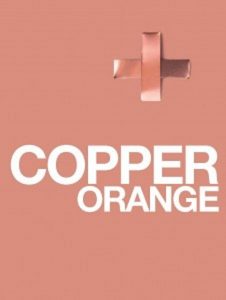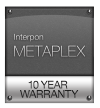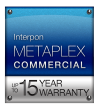3 Steps to Specifying Powder Coating for Marine and Coastal Environments
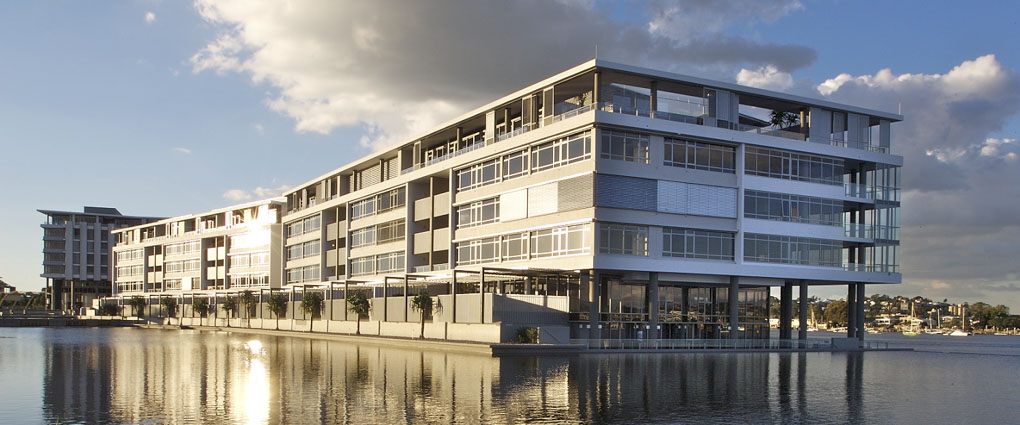
Understanding the risks of specifying powder coatings in marine and coastal environments can ensure your project and reputation stand the test of time.
Harsh marine and coastal environments expose projects to winds and chemicals such as sea salts, which can have a long term impact on the performance of most finishing systems.
“Understanding the project scope, range of building elements and specifying certain grades of powder coat technologies and systems in order to resist these influencers will have a positive impact on long term performance and durability,” explains Gareth Connell, Regional Specification, Interpon Powder Coatings.
If the product used is unsuitable, water, dirt and salt particles can potentially permeate the film and corrode the aluminium or steel.
To choose the right powder coating for the job, follow these three simple steps:
Step 1 – Get familiar with industry standards
Not all powder coatings are created equal and different products are designed to withstand different environments.
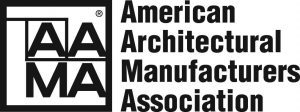
The American Architectural Manufacturers Association (AAMA), a globally recognised voluntary performance standard for architectural finishes recommends performance criteria standards 2604 or 2605 for multi-density and commercial projects and is the mainstay top coat performance specification for Australian conditions. Both of these standards represent 2 very different levels of warranty performance offered by Interpon.
Australian Standard AS3715 is not necessarily sufficient for long term exterior performance in harsh environments – such as that of a marine or coastal environment – and specifying powder coating to AS3715 can result in a finish that can fade or degrade prematurely.
Step 2 – Don’t skimp on prep
A top-grade powder coating can only be expected to perform if the metal it is protecting is prepared correctly.
Depending on the base metals, particularly in a marine or coastal environment, coating systems may require an element of metal preparation, metal pre-treatment, use of primers and a specific grade of a top coat powder coat technology in order to provide protection, durability and performance.
“There is a general presumption that if a single top coat is deemed “durable” then little, if any metal pre-treatment is considered, or for that matter understood for aggressive environments,” Connell says.
“This presumption is incorrect and will often lead to catastrophic in situ failures such as fading, flaking, delamination or severe corrosion over a relatively short period of time when exposed to aggressive atmospheres.”
Furthermore in order to guarantee performance, often the product must be prepared and applied by an Interpon approved applicator for the warranty to apply.
Step 3 – Check the warranty
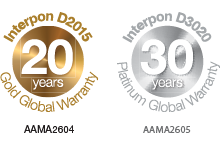
Specifying a product with a warranty is a sure-fire way to ensure your project will remain up to scratch over time.
Often a project’s eligibility is dependent on environmental conditions and if it was applied correctly. This means if the product is not designed to hold up in marine and coastal environments, neither will its warranty.
After conducting your research, it’s time to choose a product.
A good way to start is by getting in touch with the largest powder coating manufacturer in the world, Interpon Powder Coatings.
The Interpon Ultriva™ D2015 and Interpon Fluoromax® D3020 ranges are suitable for marine and coastal environments, and both exceed the AAMA’s recommended performance standard and pass ISO2815 and ISO3231 standards.
Interpon offers solutions for both aluminium and steel and has the most extensive choice of colours and finishes in the industry.
When applied by an Interpon D Approved Applicator, the Interpon Ultriva D2015 range comes with the assurance of a 20 Year Performance Warranty while the Interpon Fluoromax® D3020 range is guaranteed for 30 years’ film integrity and 20 years’ colour performance.














